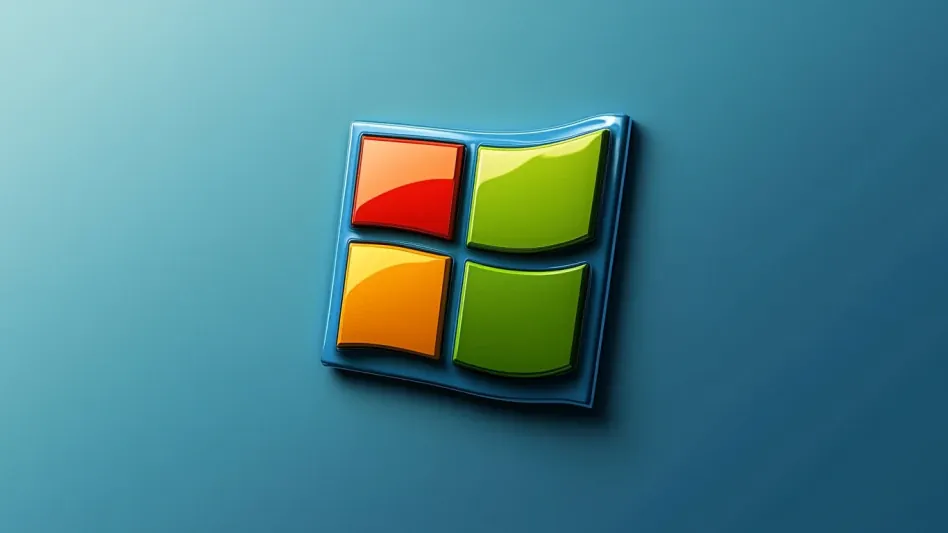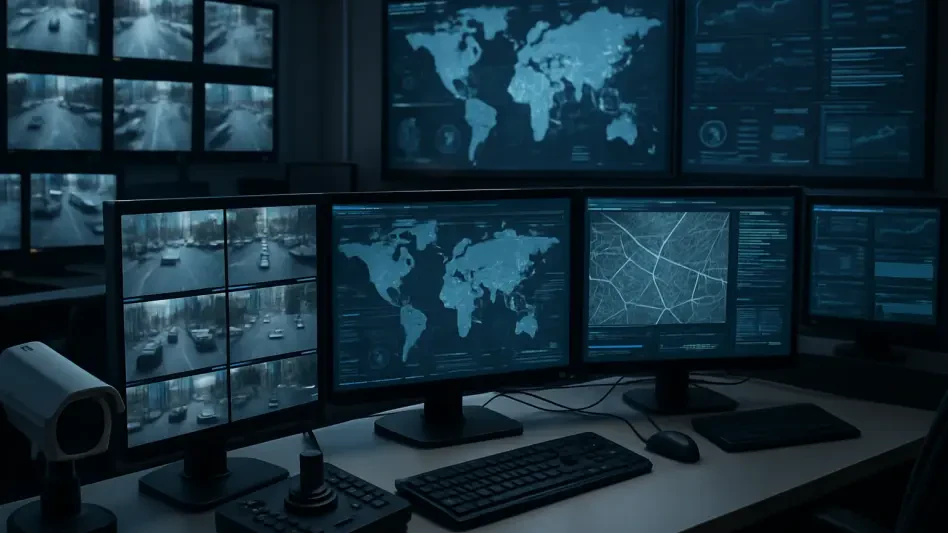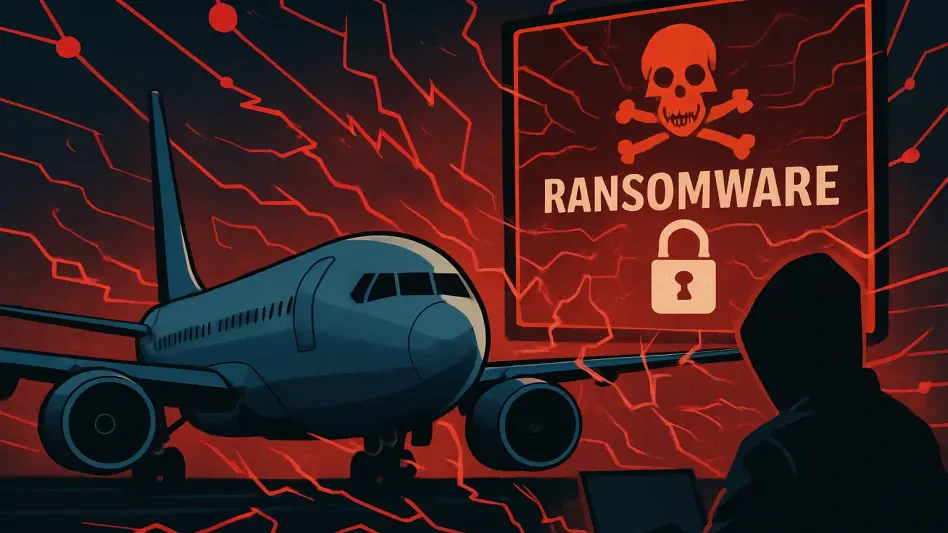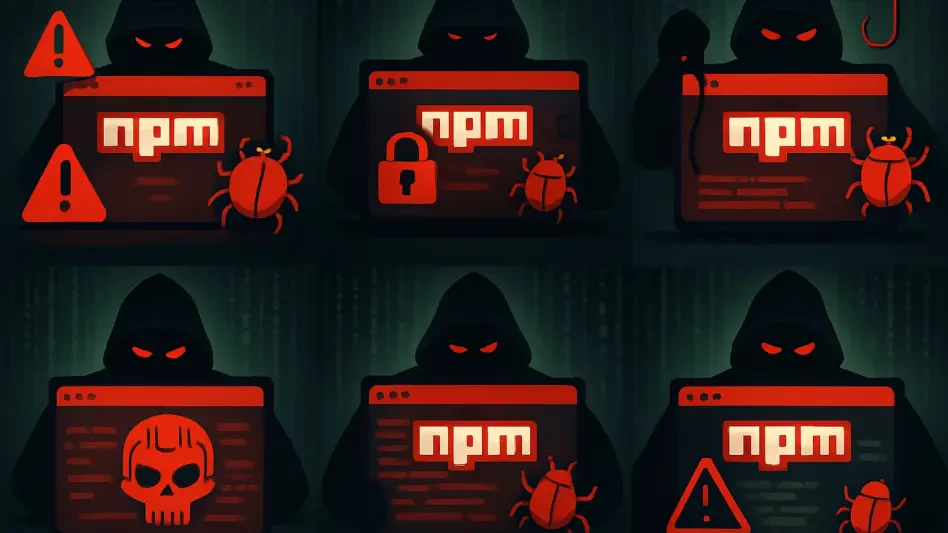In the world of cybersecurity, state-sponsored threat groups have always posed a significant risk to various sectors, from government to energy. Lately, a specific zero-day vulnerability within Microsoft Windows has been extensively exploited by at least 11 sophisticated threat actors. This particular flaw revolves around Windows shortcut files (.lnk), which assailants manipulate to execute nefarious commands on unsuspecting victims’ computers. This issue has persisted since 2017, and researchers from Trend Micro’s Zero Day Initiative (ZDI) have uncovered nearly 1,000 malicious .lnk files that leverage this vulnerability. Despite this glaring risk, Microsoft has yet to release a patch, leaving many to wonder about the rationale behind the seeming delay in fixing this serious flaw.
Exploitation and Immediate Threats
This unpatched Microsoft zero-day vulnerability has allowed threat actors, including state-sponsored groups from North Korea, Iran, Russia, and China, to target a broad spectrum of sectors across the globe. Notable victims include entities in government, financial services, telecommunications, military, and energy sectors spanning North America, Europe, Asia, South America, and Australia. North Korean actors have been particularly active, accounting for more than 45% of these exploits, followed by Iranian, Russian, and Chinese groups, each responsible for roughly 18% of the attack volume. Advanced persistent threat (APT) groups such as Evil Corp, Kimsuky, Bitter, and Mustang Panda have been documented as key players in these cyber intrusions.
The compromised .lnk files steer malicious payloads like the Lumma infostealer and Remcos remote access Trojan (RAT) into target systems, placing organizations at immense risk of data breaches and espionage. The severity lies not just in the malware itself, but in the ability of these APT groups to orchestrate wide-reaching, finely tuned attacks that can compromise pivotal infrastructures. The persistence of this flaw has made each instance of exploitation increasingly noteworthy, underscoring the urgency for a resolution.
Microsoft’s Response
Microsoft’s reaction to this critical vulnerability has drawn substantial scrutiny. Trend Micro’s ZDI submitted a proof-of-concept exploit to Microsoft, aiming to expedite a solution. Nonetheless, Microsoft has not yet delivered the anticipated patch. According to company representatives, the flaw does not meet their severity classification standards that would warrant immediate remediation. They indicated that a patch might be included in a forthcoming feature update, rather than a rapid security fix. This assessment positions Microsoft Defender and Windows Smart App Control as interim gatekeepers, blocking malicious document downloads and identifying suspect .lnk files to minimize immediate damage.
This measured approach from Microsoft contrasts sharply with the seeming neglect of the flaw, given its known exploitation in the wild. Security professionals contend that the delay in addressing this vulnerability may stem from a miscalculation of its urgency. Divergent perspectives on flaw prioritization may have contributed to this perceived lag in response.
Industry Reactions and Mitigation Recommendations
Security experts have voiced considerable concerns about Microsoft’s decision to delay patching this circulating zero-day vulnerability. Thomas Richards from Black Duck described the situation as “unusual,” noting that such flaws are typically resolved swiftly. Evan Dornbush, once a computer network operator with the NSA, expressed the frustration faced by organizations lacking concrete guidance on safeguarding themselves against such exploits. The absence of timely patches complicates the creation of effective mitigation tactics, often leaving enterprises feeling vulnerable.
Mali Gorantla, AppSOC’s chief scientist, criticized Microsoft’s stance on the flaw’s priority, suggesting an underestimation of its overall impact. The cybersecurity community generally agrees on the pressing need for Microsoft to expedite patch deployment. Until then, organizations are urged to implement comprehensive safeguarding measures to mitigate the risks associated with this zero-day. This includes rigorous scanning for exploits, maintaining vigilance over suspicious .lnk files, and employing robust endpoint and network protection protocols to quickly detect and counteract emerging threats.
The Path Forward
In the realm of cybersecurity, state-backed threat actors have consistently endangered various sectors, ranging from government entities to energy companies. Recently, a critical zero-day vulnerability in Microsoft Windows has been heavily exploited by at least 11 adept threat groups. This flaw centers on Windows shortcut files (.lnk), which attackers manipulate to run harmful commands on unsuspecting users’ systems. This vulnerability has been around since 2017, and researchers from Trend Micro’s ZDI have discovered nearly 1,000 malicious .lnk files exploiting this weakness. Despite this significant threat, Microsoft has yet to roll out a patch, leading many to question the reasoning behind the prolonged delay in addressing this serious issue. The lack of a timely fix leaves many users wondering about their cybersecurity risk and the potential motivations behind Microsoft’s delayed response to such a crucial vulnerability.







